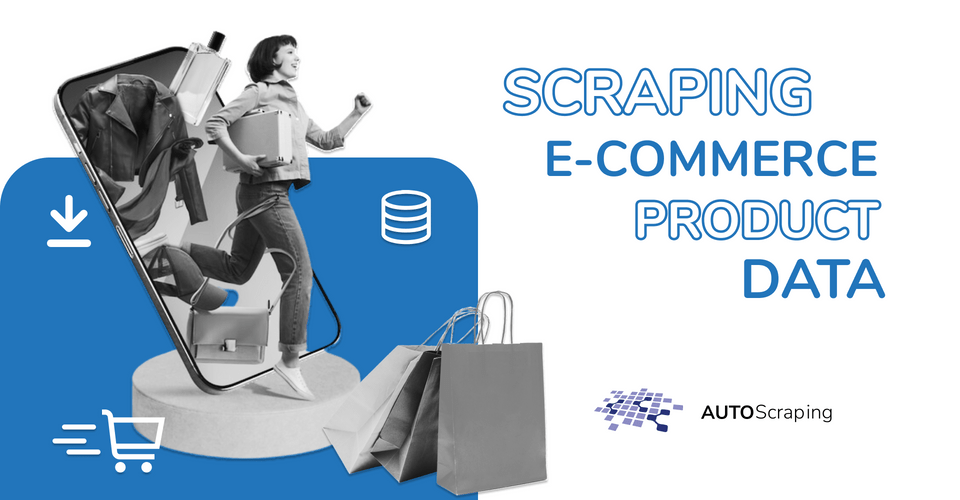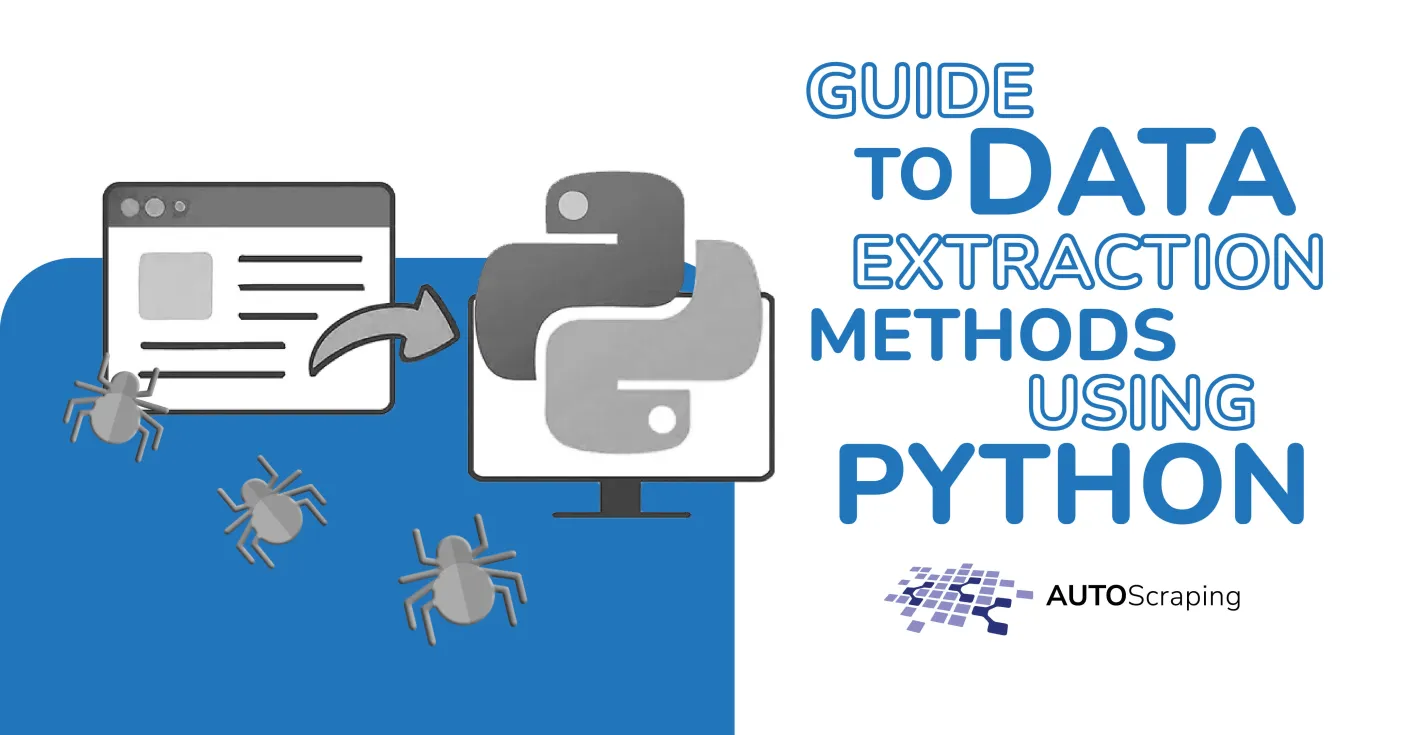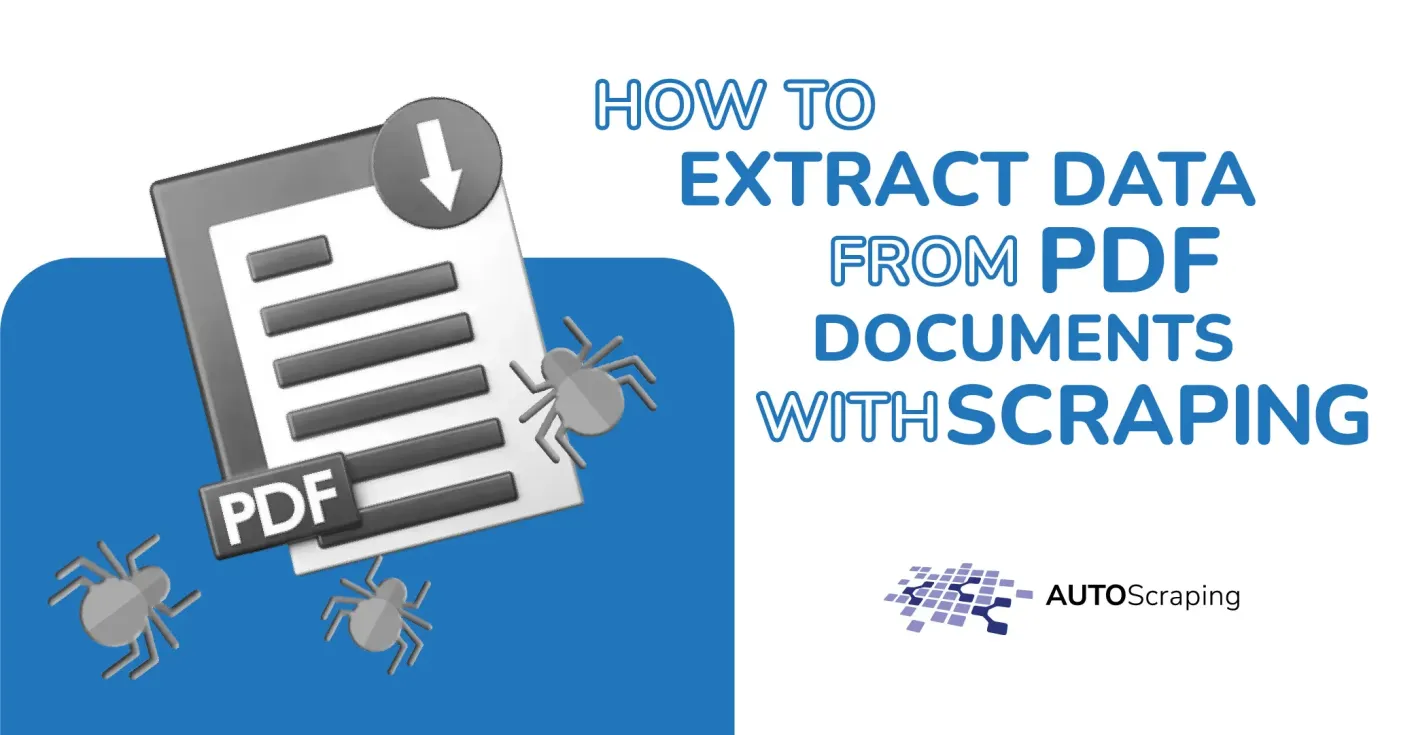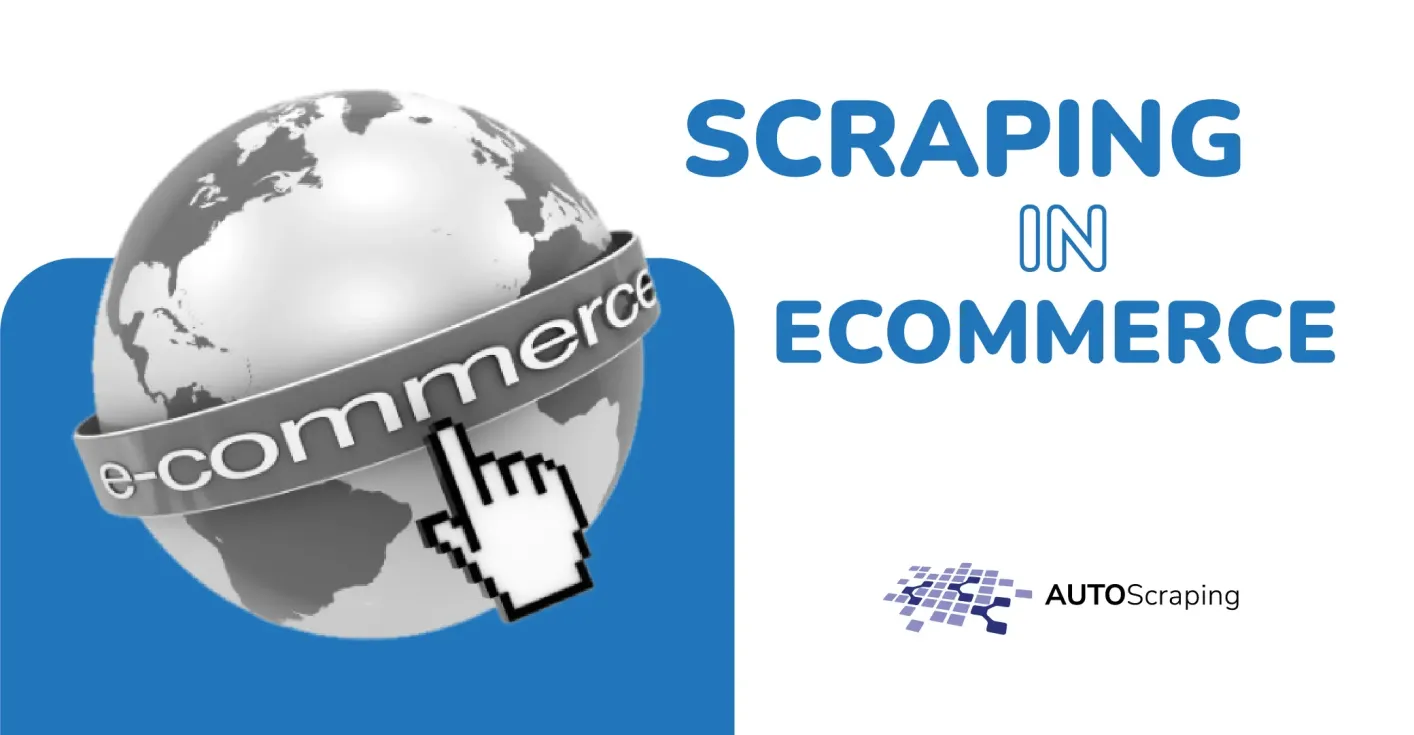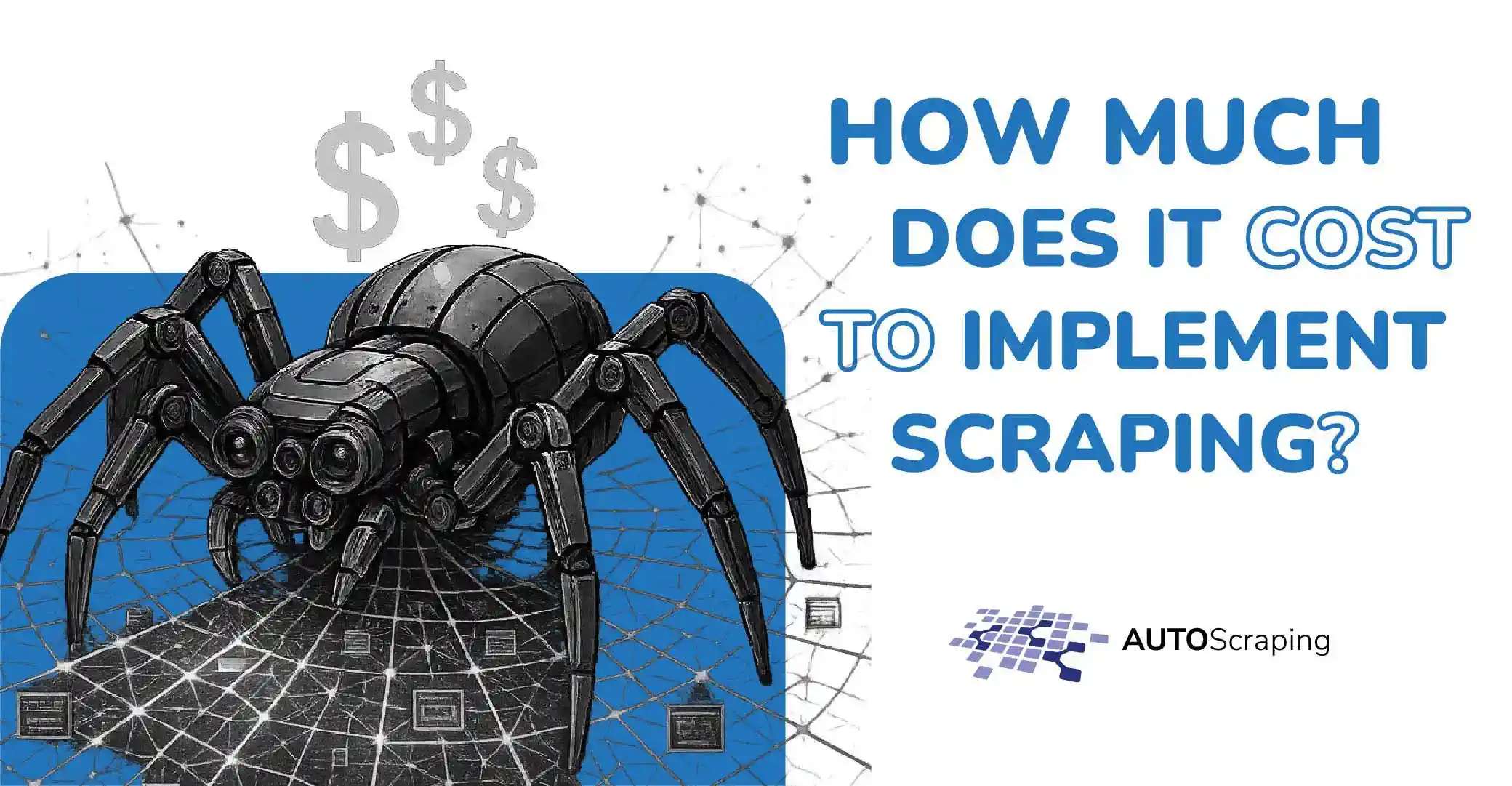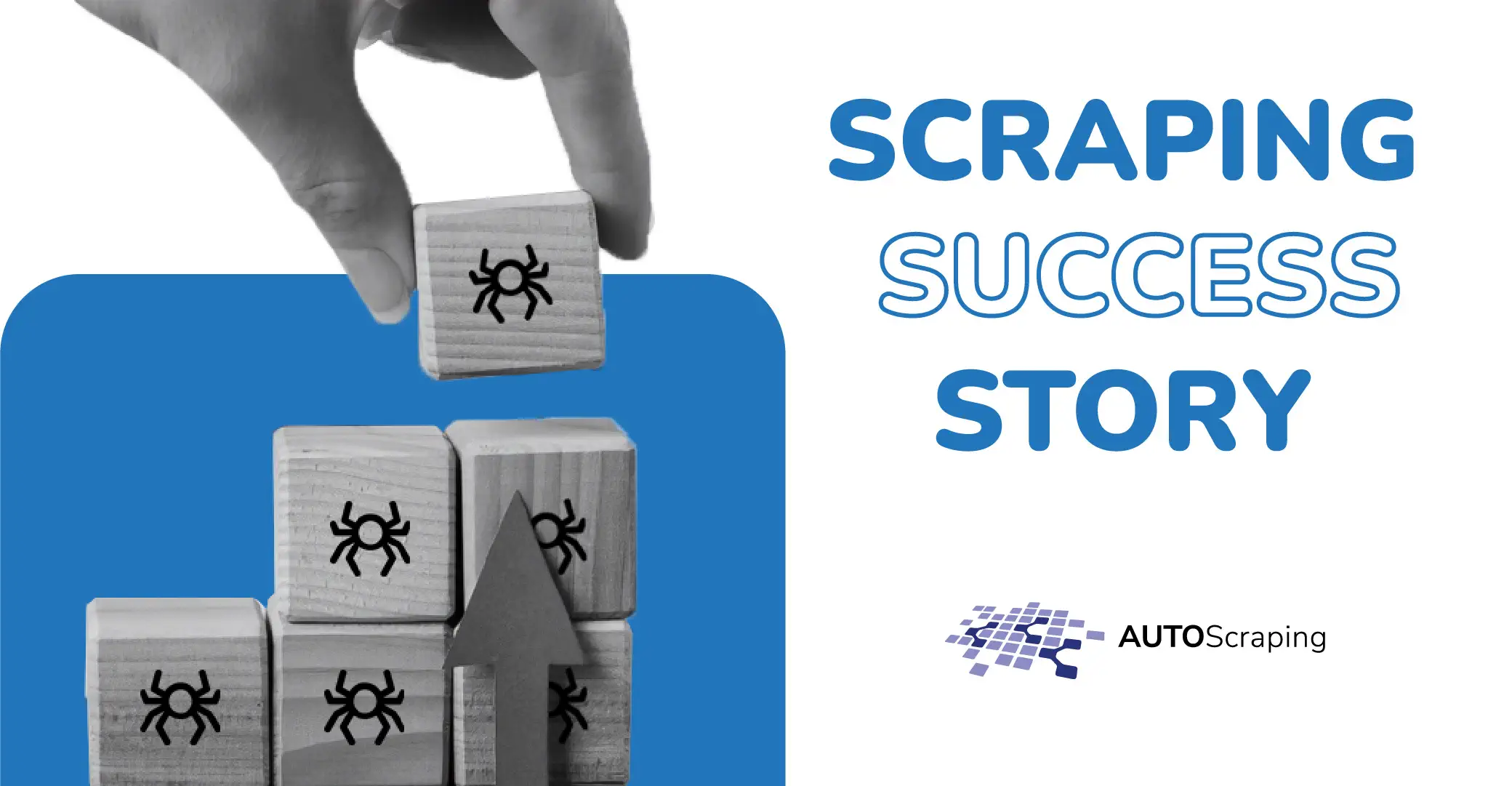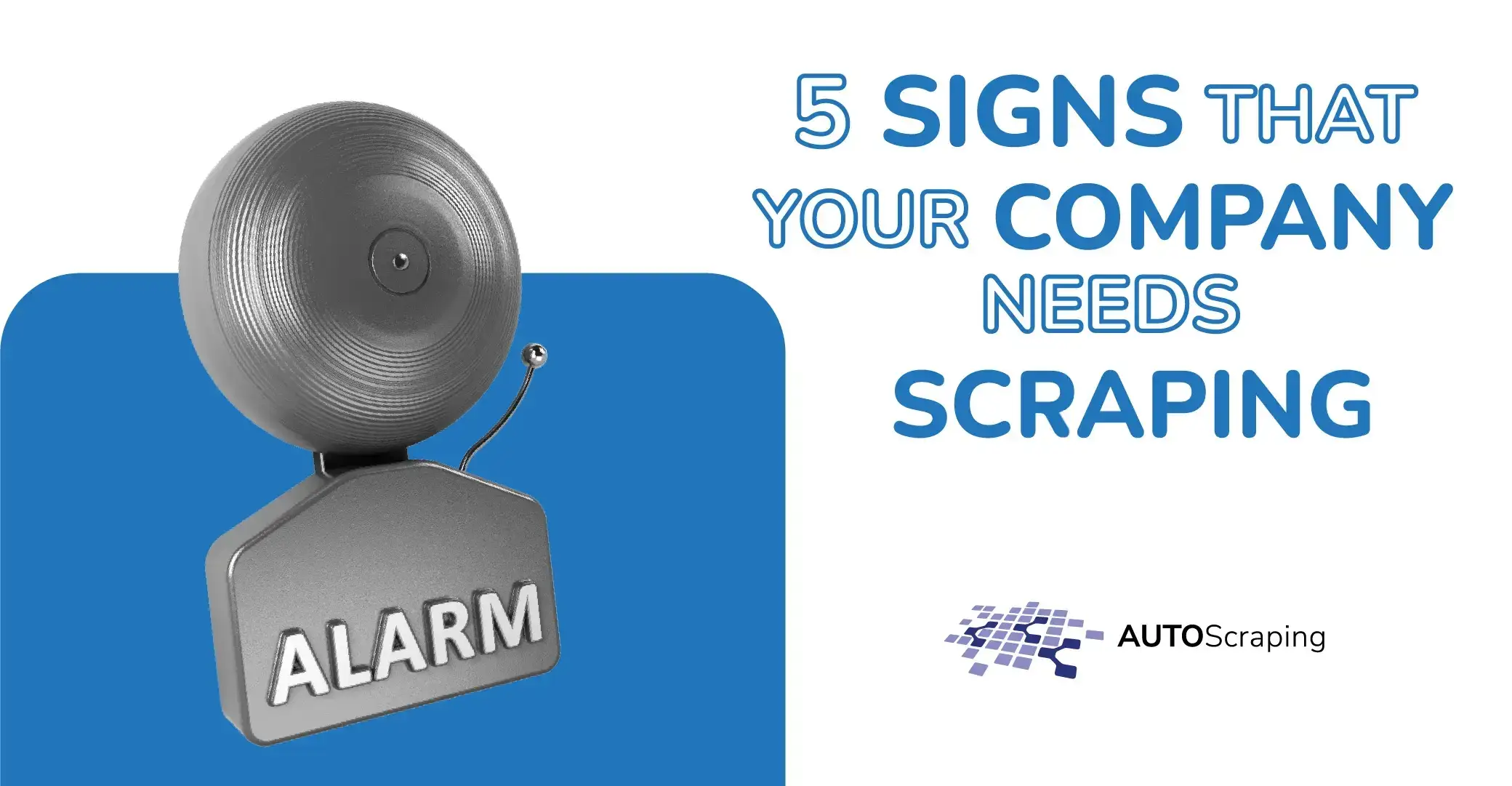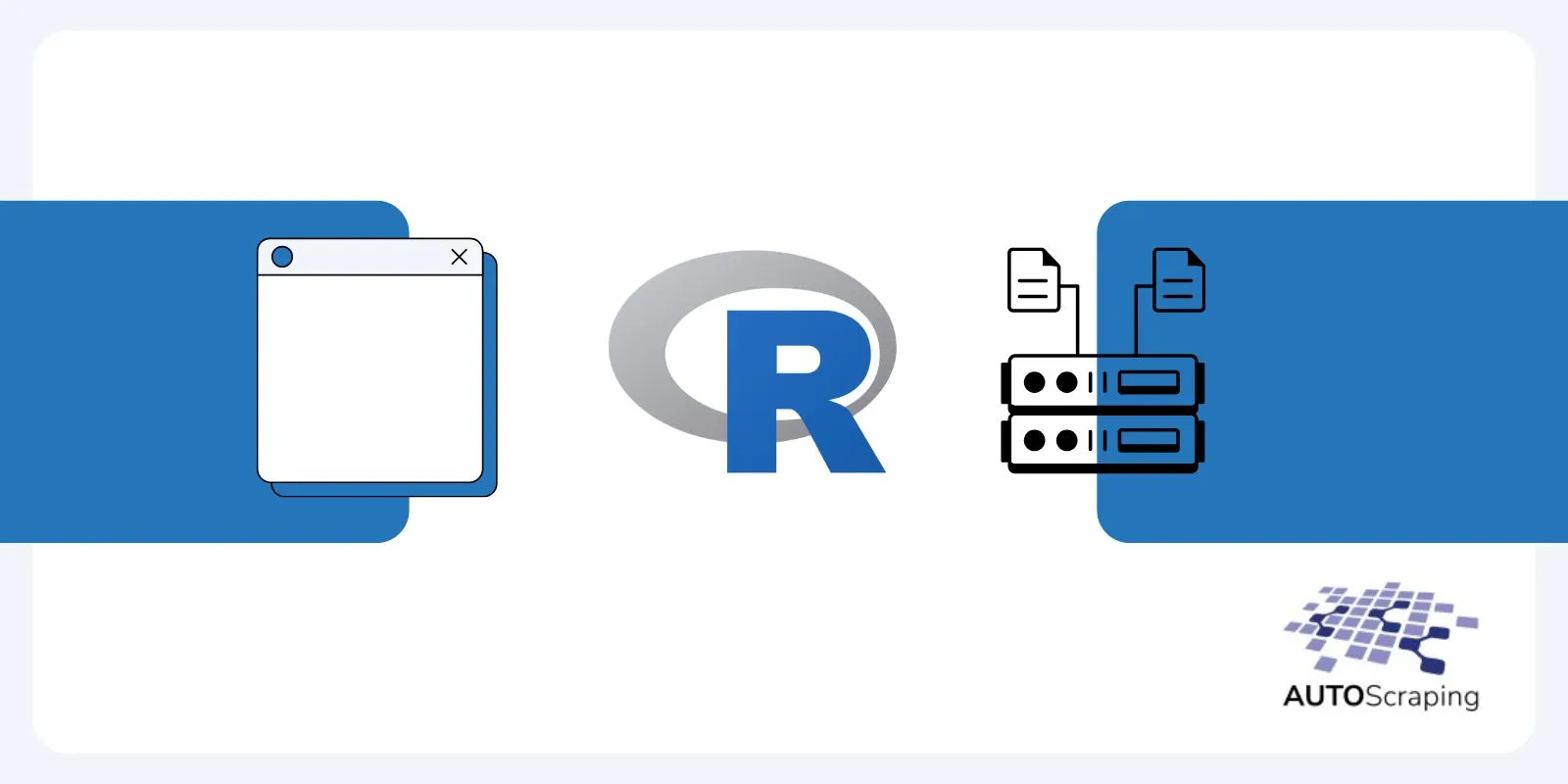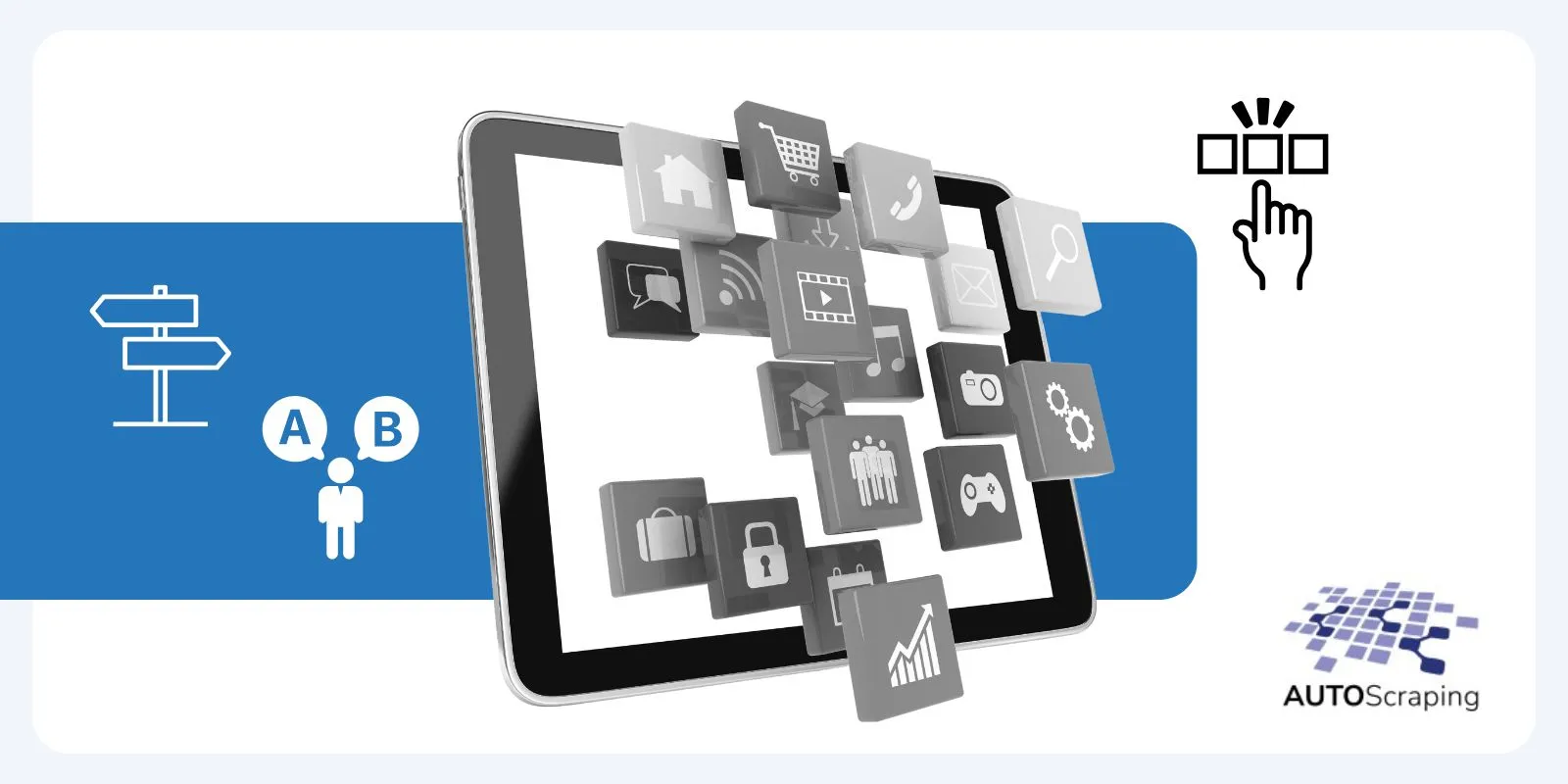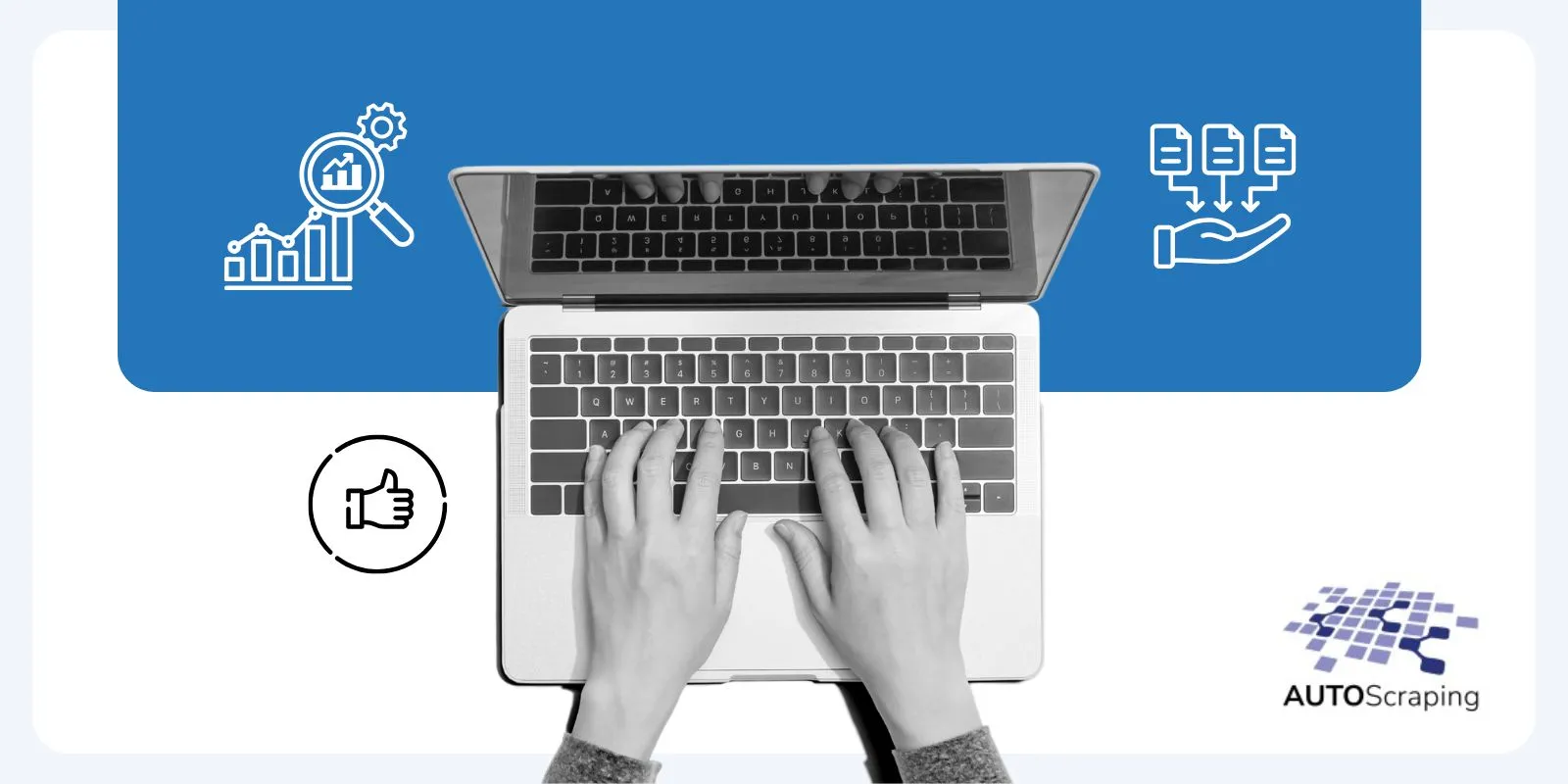Product data scraping can help you better understand market trends and consumer preferences.
Elevate your e-commerce results through precise web data
Why is E-Commerce Product Data Scraping Important?
Imagine you own an online store and need to keep your prices competitive. Data scraping allows you to monitor your competitors’ prices in real time, helping you adjust your pricing strategies to maintain your competitive edge.
Product data scraping can help you better understand market trends and consumer preferences. By analyzing large volumes of data, you can identify which products are in demand, which features are popular, and how to improve your offering to meet your customers’ needs.»
Can A third party do this for me?
The short answer is Yes. There are specialized companies focused on providing web scraping and automation for data extraction services like AutoScraping that do the technical work for companies looking to obtain organized web data from competitors and other websites to transform this data into powerful insights to improve business results, have a broader view of their market and clients’ preferences.
How can I do it myself?
- Inspecting the Website Structure: Before starting scraping, it’s crucial to understand the structure of the target website. This involves analyzing how pages are organized, how relevant HTML elements (such as prices, product names, reviews, etc.) are named, and how data is dynamically loaded if applicable.
- Selecting the Scraping Tool: To perform web scraping, you can use Python libraries such as Beautiful Soup, Scrapy, or Selenium. The choice of tool will depend on the complexity of the website and your personal skills and preferences.
- Identifying Selectors and Patterns: Once you understand the website structure, you can locate the CSS selectors or XPath to access the data you want to extract. For example, on Mercado Libre, you can identify the selector for a product’s price, product name, description, etc.
- Writing Scraping Code: Using the selected tool, write code to navigate web pages, identify relevant elements, and extract data. For example, you could write code using Beautiful Soup to find all HTML elements containing product prices on a Mercado Libre page and extract that data.
- Handling Pagination and Dynamic Loading: Search results are often spread across multiple pages on sites like Amazon or Mercado Libre. Therefore, it’s crucial to implement logic in your code to navigate these pages and extract data from all of them. Additionally, some sites may load data dynamically via JavaScript, requiring tools like Selenium to interact with the browser and retrieve the data.
- Implementing Limits and Robots Tag: It’s essential to respect the policies of the target websites. This involves setting limits on the frequency of requests and adhering to the site’s robots.txt directives. Ignoring these directives could result in legal action or site blocking.
- Testing and Debugging: Before deploying scraping at scale, thoroughly test your code to ensure it is working correctly and extracting the expected data. You should also be prepared to adjust your code in response to changes in the website structure.
- Monitoring and Maintenance: Once scraping is implemented, it’s essential to monitor its performance regularly and make adjustments as necessary. Websites can update their design or policies at any time, which could affect the effectiveness of your scraping.
It’s crucial to remember that web scraping should be done ethically and respectfully, complying with all applicable laws and regulations and the policies of the target websites to do it legally.

